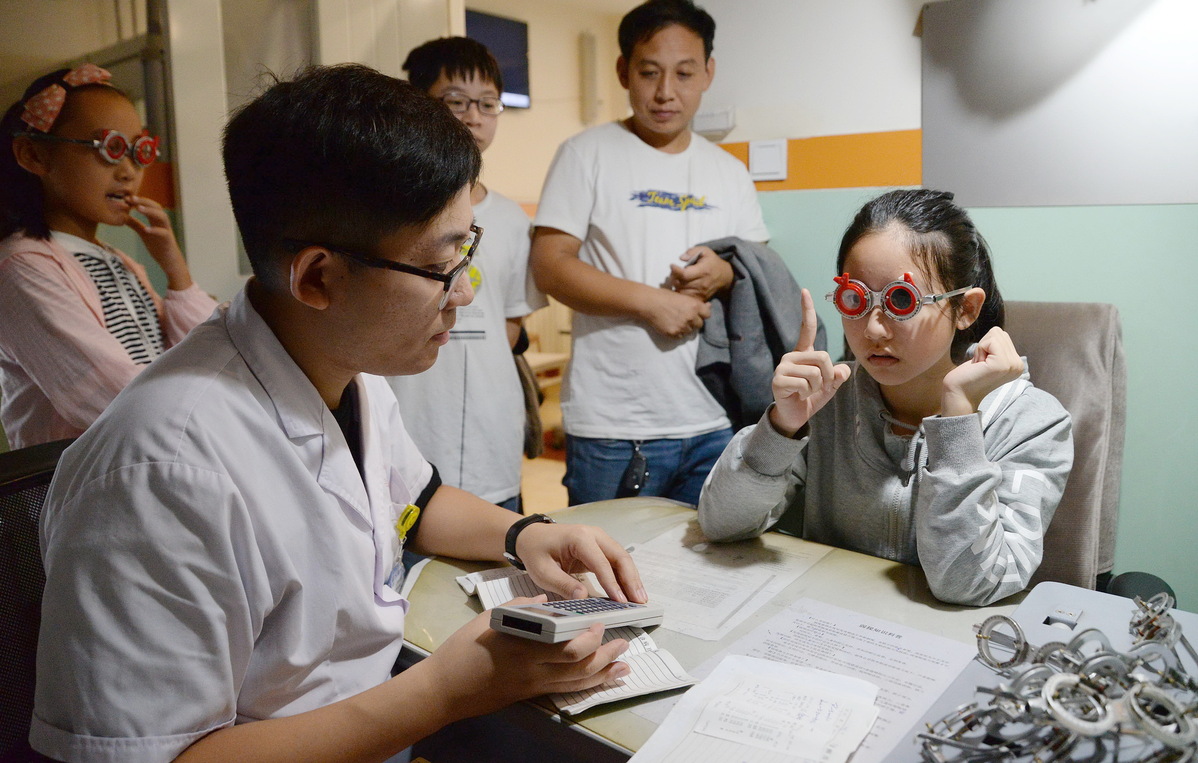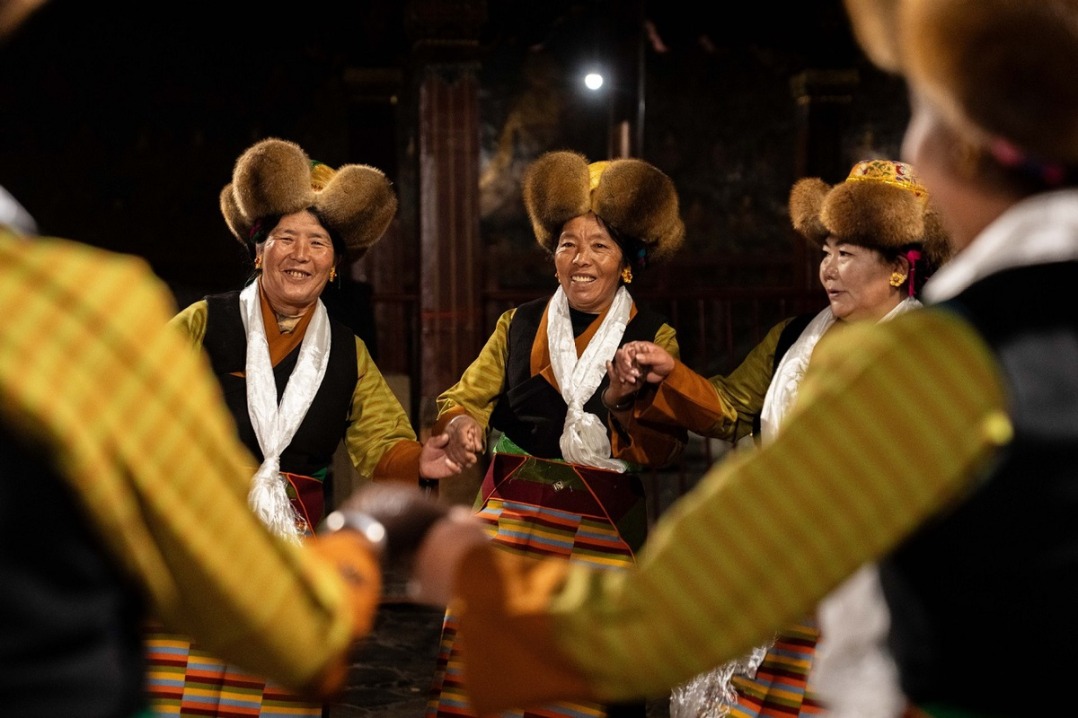Myopia rate among young students declines


China has basically achieved its targets of reducing young students' myopia rate despite the adverse impact of the COVID-19 epidemic, a senior education official said on Tuesday.
The myopia rate among schoolchildren, which stood at 53.6 percent in 2018, was reduced to 50.2 percent in 2019 thanks to comprehensive measures to curb the problem among schoolchildren, said Wang Dengfeng, head of the Ministry of Education's department of physical, health and arts education.
Although the 2020 rate increased to 52.7 percent due to the epidemic, it was still around 1 percentage point lower than 2018, showing that the measures taken were effective, he said.
The myopia rate among schoolchildren should be reduced by a 0.5 percentage point every year on the basis of the 2018 level, according to a guideline issued by the Ministry of Education, National Health Commission and six other departments.
The percentage of primary school students with myopia should be capped below 38 percent by 2030, with less than 60 percent of middle school and 70 percent of high school students nearsighted, the guideline said.
Guidelines have been issued to reduce students' excessive academic burdens, increase the importance of physical and aesthetic education, control the use of mobile phones and make sure students have enough sleep, he said.
The ministry organized an expert team on myopia prevention and control in 2019, and the team has conducted more than 3,600 promotion events at schools since then, he said.
Wang said the key difficulty in efforts to improve students' eyesight was the overemphasis on students' academic performance while overlooking their physical and aesthetic abilities.
Only through continued reform on evaluation of students, schools, education authorities and local governments can they become truly motivated in myopia prevention and control work, he added.
Wu Liangyou, deputy director of the National Health Commission's disease prevention and control bureau, said despite the progress, the myopia rate among younger children is still serious. For example, 6-year-old children in all provincial regions reported myopia rates higher than 9 percent, with the highest reaching 19.1 percent last year, he said.
Moreover, around 10 percent of schoolchildren and 17.6 percent of high school students with myopia last year have developed serious conditions.
Based on the commission's monitoring, around 60 percent of students had not met the national requirement of working out two hours every day, and 40 percent of them have more than two hours of screen time per day last year, he added.
Jiang Qingguo, an official at the General Administration of Sport, said while more emphasis has been placed on PE in schools, there is a serious shortage of PE teachers in the country.
Local authorities have hired famous retired athletes for these positions, and they have been well-received by schools, students and parents, he said.
- Dinosaur footprints from about 200m years ago found in China
- Free shuttles provided for residents affected by Tai Po fire to vote
- Global influencers unlock scenic and cultural charms of Hechi
- Chinese Navy accuses Japan of interfering with training operations
- 'We can manage for now': HK rallies with fire recovery efforts on track
- Foreign media urged to report truthfully on HK matters



































